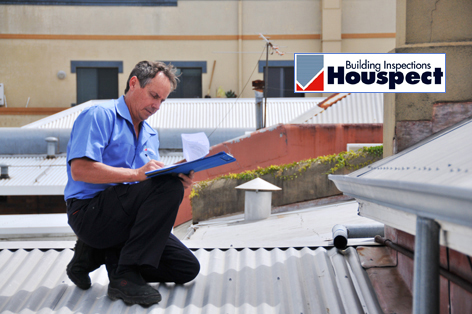
Are Cracks in Property Walls Always a Sign of Structural Damage?
At the first sign of cracks in house walls, most homeowners will feel a bit of panic. After all, interior wall cracks can sometimes be a sign of structural damage or building faults. While spotting cracks in your walls is a sign you should call in professional to find the root of the problem and hopefully rule out foundation or structural damage, some cracks may not signal a major building fault. Learning more about how wall cracks can happen can help homeowners to gain some peace of mind while waiting for a professional building inspection company to evaluate their property.
Determining the Cause of Cracks in House Walls
As a homeowner, your property is likely the largest and most potentially valuable investment you will ever make. When cracks in hproperty walls begin to appear, your first priority should be calling in a professional building inspection company to determine the causes of visible damage. While there are many different characteristics of a single blemish which can signal the root cause of wall cracks, the evaluation is always best left to a professional. Still, having a bit of basic knowledge regarding the conditions which can contribute to wall cracks can help you to better predict the outcome of a professional building inspection and prepare accordingly.
The first indicator of cause behind cracks in house walls is the direction it moves across the wall. Vertical cracks which begin near the joining point of drywall and the ceiling, for instance, are typically caused by settling of the foundation after construction. This is typically not a cause for serious concern, and is generally much less costly in terms of repairs. Horizontal cracks in house walls or those which run at a forty-five degree angle, on the other hand, can signal water damage, severe foundation shift or other structural issues which can be quite expensive to address and will only worsen with time if they’re not addressed. There a number of different causes of lateral cracks most are easy to fix but they don’t usually indicate a significant problem unlike a diagonal crack which can be expensive and usually indicates subsidence of footings or slab
Preliminary Checks After Discovering Wall Cracks
While you’ll want to engage the services of a professional as quickly as possible after discovering cracks in house walls, it’s always smart to gather as much information as you can before an inspector from a professional building inspection company arrives at your home.
First, check the doors and windows in your home, especially those in rooms where cracks in house walls are visible. Open and close them, paying careful attention to the ease with which they move. Windows and doors which stick or are difficult to manage may be attributed to aging hardware, paint or direct damage, but if there’s no immediately attributable cause for sticking, this could be a sign of foundation damage. As the foundation shifts, walls can crack and the frames of windows and doors can become warped. This often leads to sticking and difficulty opening or closing. Sticking doors and windows can indicate settling of foundations but it needs to be measured. If the movement stops which in most cases it will , it is not a great expense to remedy
A common cause of visible cracks in house walls which may indicate foundation damage or structural problems is nail popping. If there’s a nail or a screw head visible on the surface of the wall in the immediate vicinity of a crack, it may be a sign of drywall shear movement. It can also mean the timber frame is drying out and there is a small amount of settlement
Without building and inspection experience, the average homeowner simply does not have the knowledge necessary to safely diagnose the cause of cracks in house walls. It’s always best to call in a professional for a thorough evaluation, especially since the structural integrity and long-term health of your home may be on the line. Wall cracks will not rectify themselves, and will often only worsen as time passes without the appropriate attention. Not all cracks in house walls indicate a severe problem, but it’s always best to err on the side of caution by working with a professional building inspection company to discover the root of the problem.
– Buy, Build, Invest and Sell with Confidence
08 9228 3999



